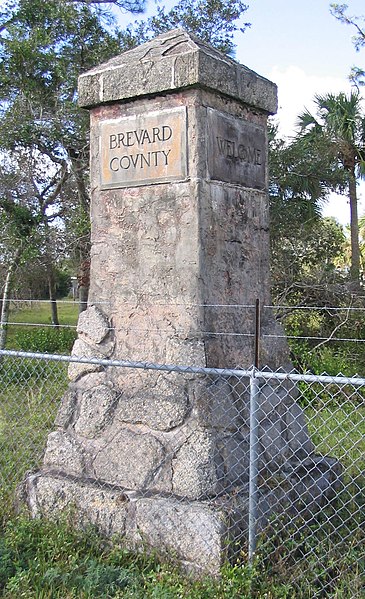Dixie Square Mall was an enclosed shopping mall at the junction of 151st Street and Dixie Highway in the Chicago suburb of Harvey, Illinois, United States. Opened in 1966, the mall featured Montgomery Ward, JCPenney, Woolworth, Walgreens, and Jewel as its anchor stores, with discount store Turn Style joining in 1970. The mall was in operation for twelve years, closing permanently in 1978. It is thus considered an early example of a dead mall; it was characterized by high vacancy rates and low patronage, which led to its closure. While many other dead malls were redeveloped or demolished, Dixie Square became notable for its extensive neglect, vandalism damage, and history. After closure, the mall was used for a scene in the film The Blues Brothers and then left abandoned. It achieved notoriety because of a growing Internet cult-following of urban exploration groups dedicated to covering the mall's deteriorating condition.
Front cover of mall directory, c. 1966
The mall chase scene from The Blues Brothers. Pictured on the left is the former Walgreens storefront, dressed as a Toys "R" Us for the movie.
"Block B" storefronts inside Dixie Square as they appeared in 2009, showing a severe state of decay
Former JCPenney and Jewel buildings in 2009
Dixie Highway was a United States auto trail first planned in 1914 to connect the Midwest with the South. It was part of a system and was expanded from an earlier Miami to Montreal highway. The final system is better understood as a network of connected paved roads, rather than one single highway. It was constructed and expanded from 1915 to 1929.
Dixie Highway
Postcard image of Dixie Highway in St. Johns County, Florida. This section was previously part of the older John Anderson Highway.
Brick section of the Dixie Highway
Monuments like this, and even arches over the roadway, were put up by cities and counties as they built sections of highways including the Dixie Highway.








